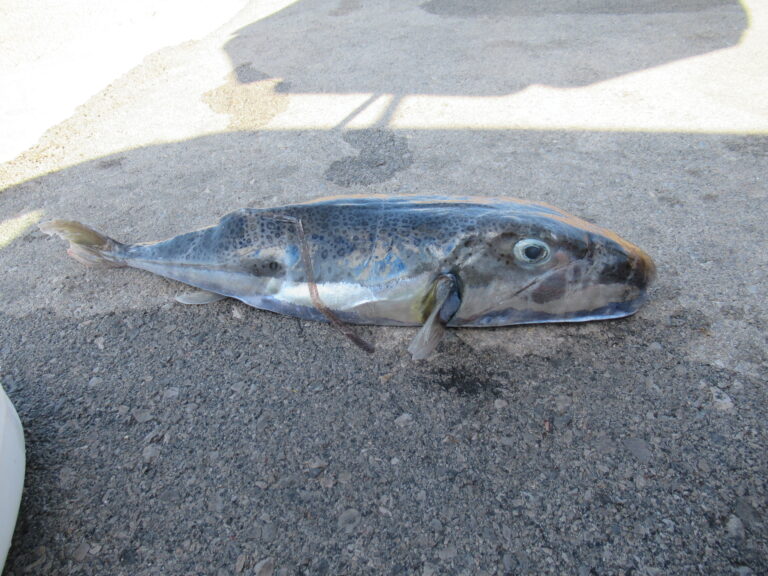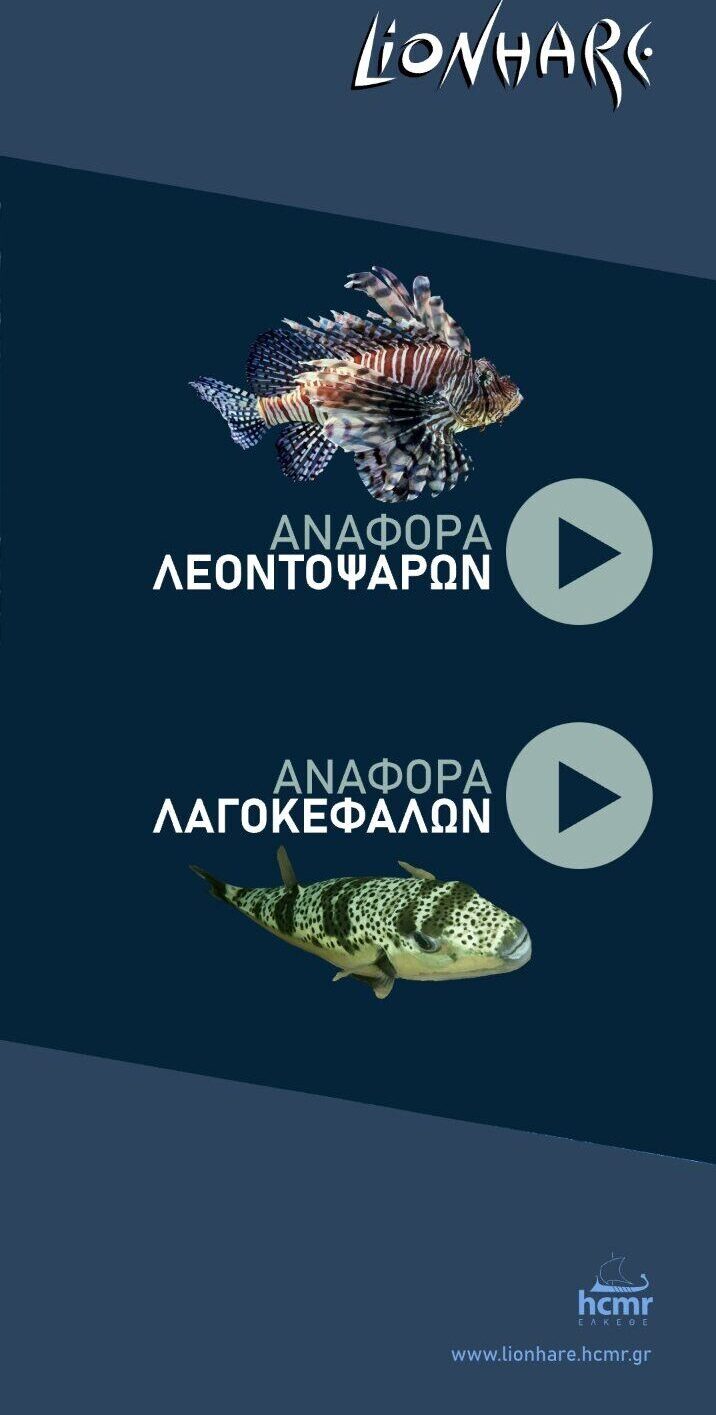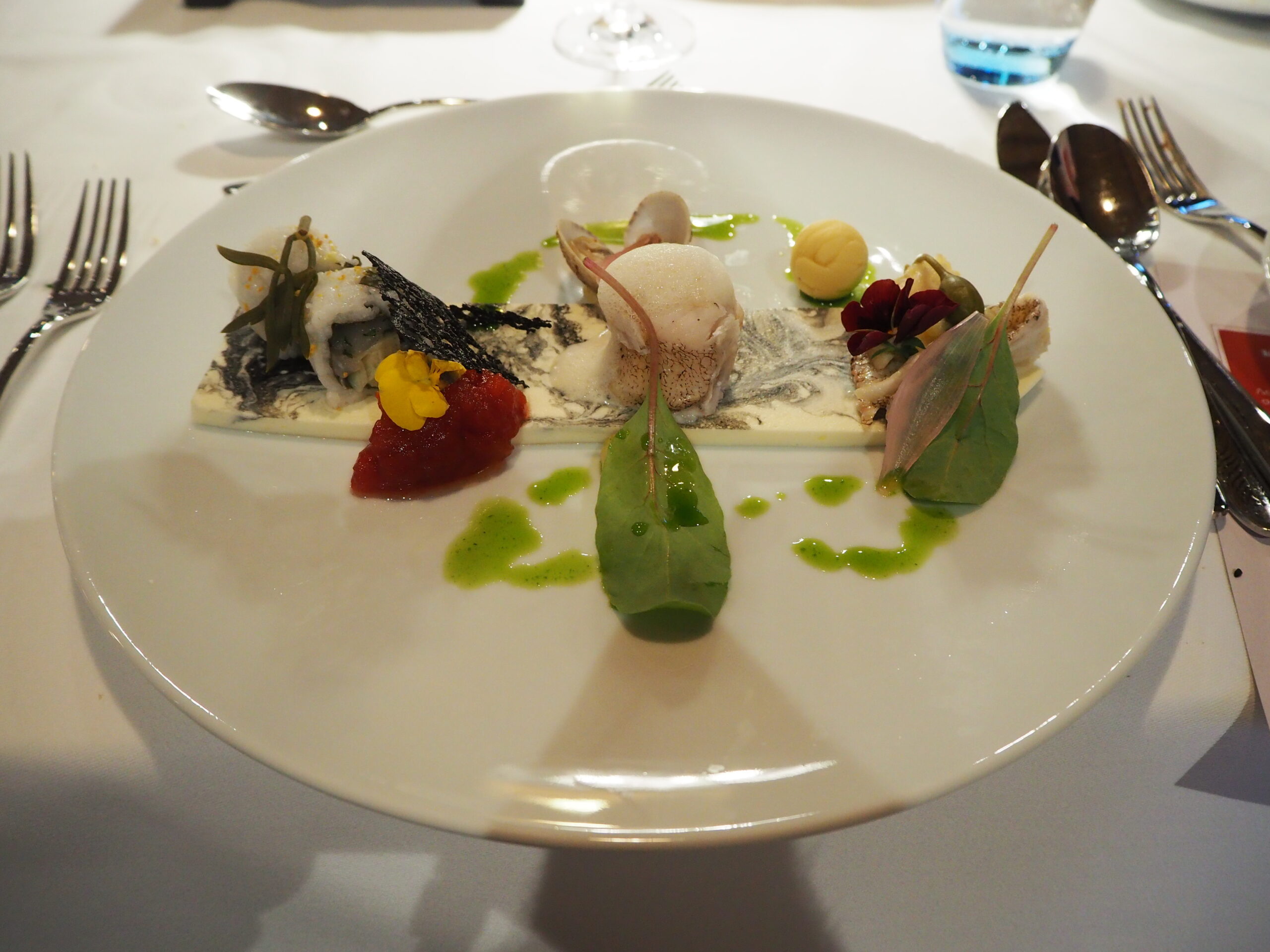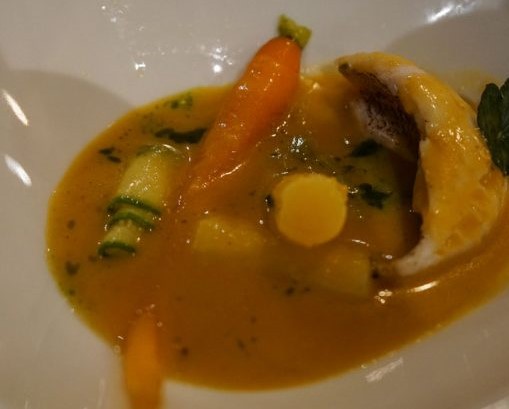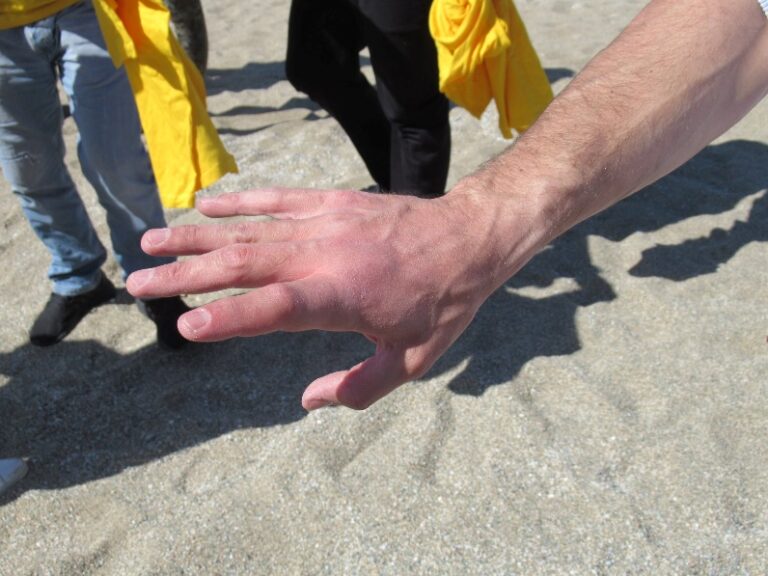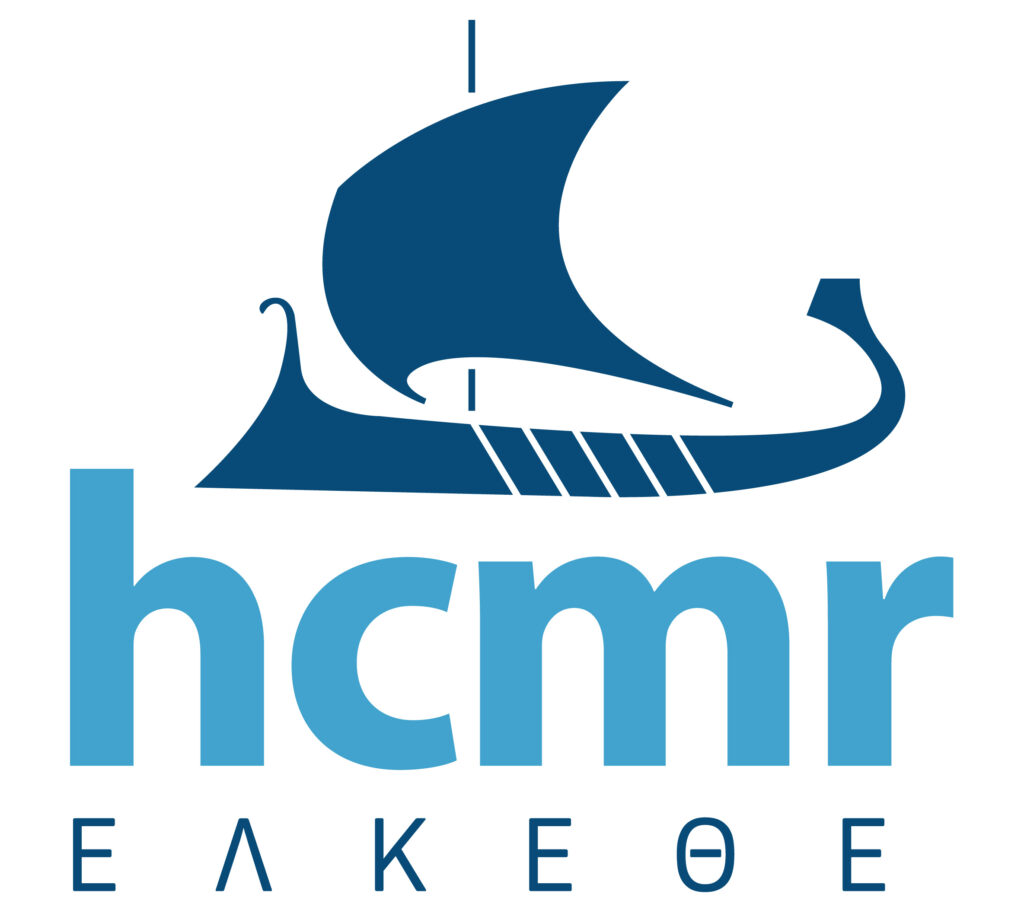Background
The expansion of the toxic species silverstripe blaasop, (Lagocephalus sceleratus) and the lionfish (Pterois spp), that have invaded the Mediterranean waters through the Suez Canal, has proliferated in many areas of the eastern Mediterranean sea (Levantine coasts, Cyprus, South Aegean, Crete, South Ionian) with significant impact not only on the biodiversity and the marine environment, but also on the local fisheries. Trading of the silverstripe blaasop isn’t allowed, because its consumption may be fatal to humans, as its tissues contain a dangerous neuroparalytic toxin. Furthermore, the species has no natural enemies in the Mediterranean, an asset that enables its rapid expansion. Common measures to mitigate its impacts have not been fruitful thus, the development of specialized measures to control its population is necessary.
Lionfish, which appeared more recently in the Greek seas (2015), expands very rapidly. It has been already spread almost across the whole Greek territory, while in certain areas, such as the southern Dodecanese and Crete, has developed large populations. It is a space conqueror and it is considered as one of the worst invasive species regarding its impact on the native ichthyofauna, as it mainly feeds on the offspring of fish. The current research study shall create new knowledge and innovative tools to battle the species under investigation, but also future dangerous or space-conquering invasive species.

